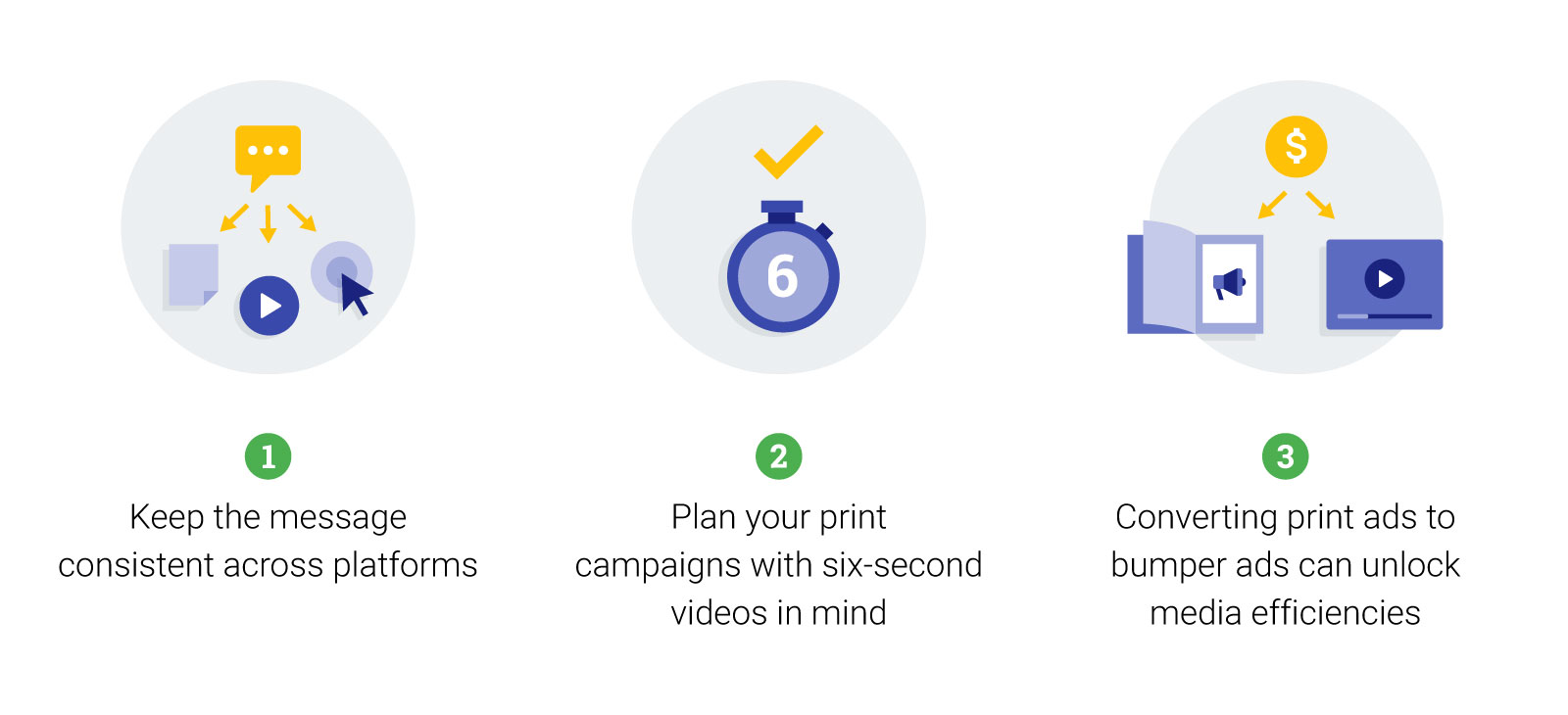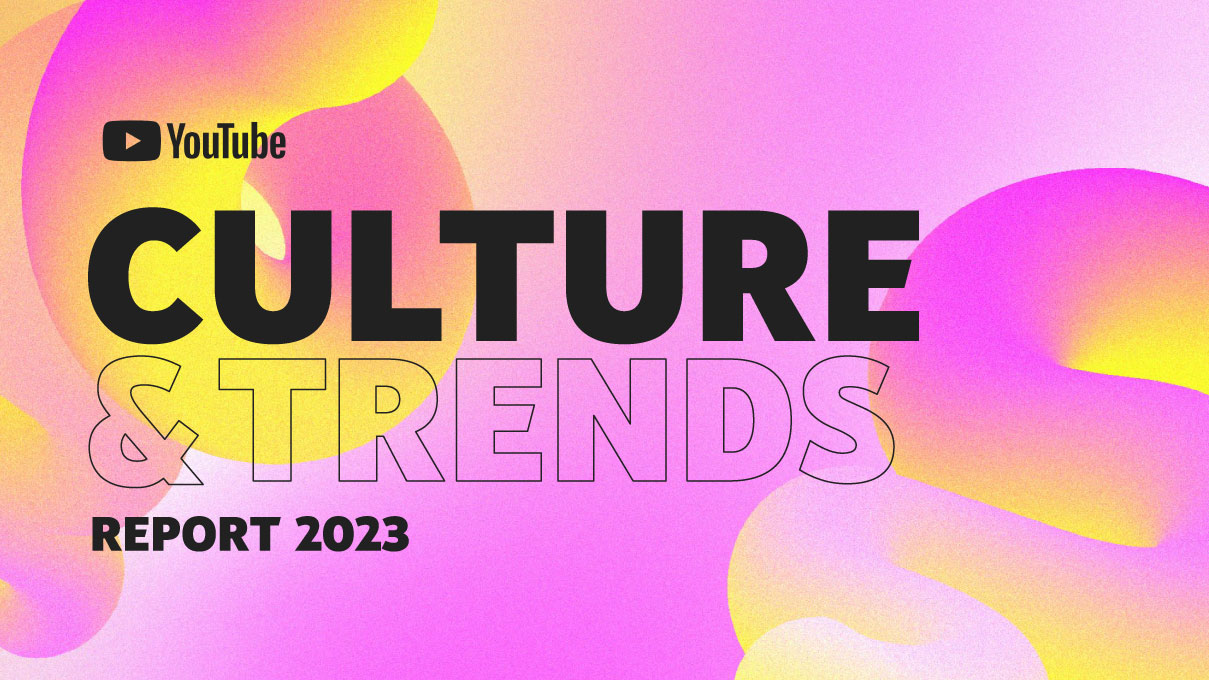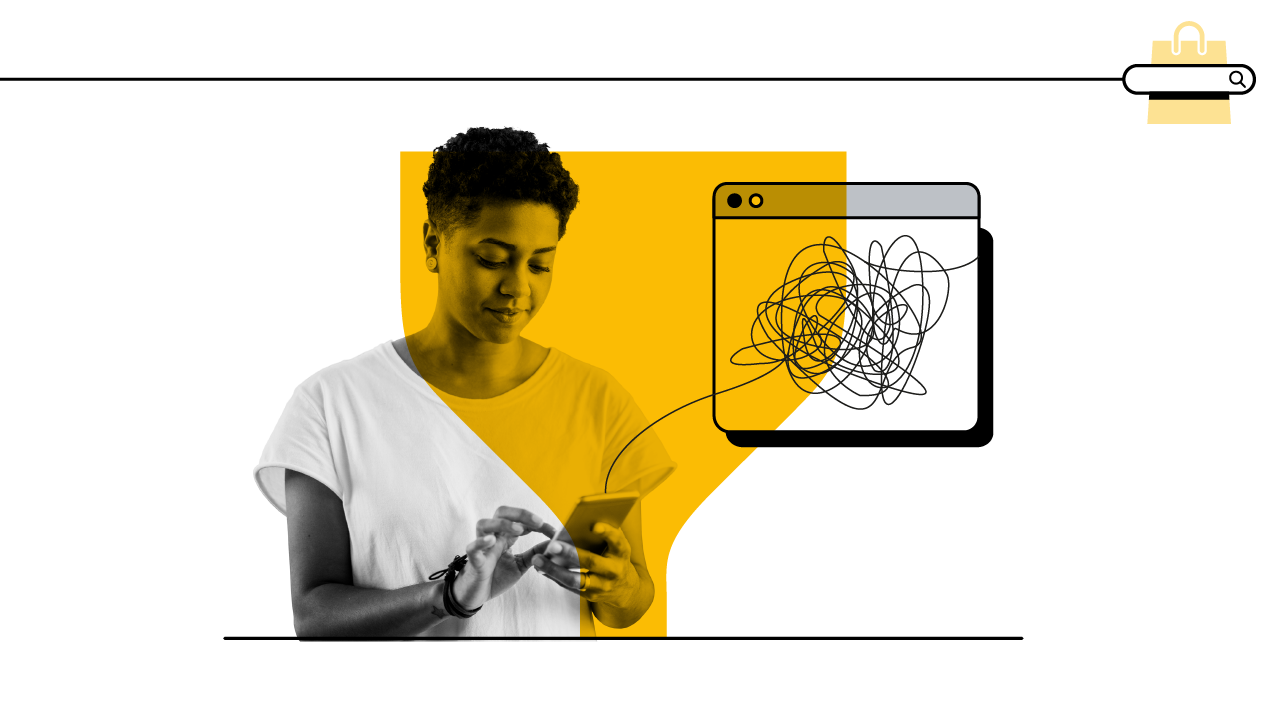The multiscreen world – where people consume content across a variety of platforms, often at the same time – is nothing new, but it’s a trend that’s been accelerating.
Last year almost 85% of US internet users surfed the web while watching TV, up from just over 75% in 2014. This poses a challenge for brands. After all, creating separate campaigns for each platform can stretch even the healthiest of marketing budgets.
That was the conundrum beauty brand Clinique was facing. Its marketing team handles multiple product launches each season and must prioritise top-tier ones to get the full-funnel creative treatment in print, TV, digital and in-store. For second-tier launches, Clinique is always seeking creative efficiencies.
What if instead of reinventing the wheel for each digital campaign, you could transform your print ads into six-second bumpers by adding motion graphics?
In the spirit of finding these efficiencies, Clinique partnered with Google's Unskippable Labs to challenge the maxim that each platform requires different creative. The goal was to show that it’s possible to do more with less.
Omnichannel marketing that doesn’t break the bank
It all started with an insight: six-second bumper ads tend to perform well when they have a singular focus – a technique Clinique’s creative team has always used in its famous prints ads.
That insight led to an idea. What if instead of reinventing the wheel for each digital campaign, you could transform your print ads into six-second bumpers by adding motion graphics, saving creative resources, time and money?
Clinique decided to test the idea with its recent Chubby Plump & Shine campaign, an updated version of the iconic Chubby Stick Lip Colour that has a plumping effect on lips.
From print ads to bumper ads
Clinique shared three versions of its print creative with our Unskippable Labs team, who then brought the ads to life using simple animation.
The first version, “Balloons”, opened with the print ad, which conveyed the plumping effect of the product in Clinique’s unique visual wit. Of the three bumpers, this version most closely resembled the print ad on which it was based, and what the consumer would see in store at point of sale.
The second version, “Tribe”, featured an ad with the four different Chubby Stick formulas that faded into the brand logo.
The final version, “Lips”, featured the Chubby Plump & Shine product alone, imposed on a digitised background. Of the three bumper ads, this one was least reflective of its original print creative.
Once the campaign launched, the Unskippable Labs team tested viewer response using Brand Lift studies. In line with Clinique’s goals, success was based on lift in ad recall and product awareness.
Topline results showed a relative ad recall lift of 69.4% and product awareness lift of 26.1%, which Clinique considered best in class for the beauty category.
“Balloons”, the version that most closely resembled its original print ad, was the top performer of the three, driving 42.8% relative lift in product awareness. Among Clinique's target 18-24 audience, “Balloons” delivered a 93.7% relative lift in product recall and a 41.7% relative lift in product awareness.
Applying the lessons to your own creative strategies
Beyond these success metrics, here are three lessons from the experiment with thoughts on how to find your own media and creative efficiencies.

1. Keep the message consistent across platforms
The best-performing ad, “Balloons”, had a single-minded product focus, conveyed the product’s benefit and was consistent with the imagery customers saw in print and in store.
Clinique’s print advertising drives impact by weaving a strong thread between ad creative and the product, an approach that successfully translated into a six-second video.
2. Plan your print campaigns with six-second videos in mind
Print advertising remains a significant industry in the US, with marketers projected to spend more than $25 billion in 2017. And for brands like Clinique that rely on key visuals to sell merchandise in store, print and still imagery will always be part of the marketing plan.
This experiment proves that print campaigns can be developed with new creative possibilities in mind. Now brands can consider how still images lend themselves to movement and can be brought to life in a digital format. Clinique now plans to capture video while shooting key visuals for print whenever possible.
3. Converting print ads to bumper ads can unlock media efficiencies
Although the amount Clinique invested in this test campaign would have been insufficient to support an entire print campaign, the approach was a great way for the brand team to unlock media efficiencies, particularly in the context of a second-tier launch.
What does that mean for other marketers? Even if you’re working on a tight budget, you probably don’t have to choose between print and digital. If your customers are in both spaces, you can be too.





